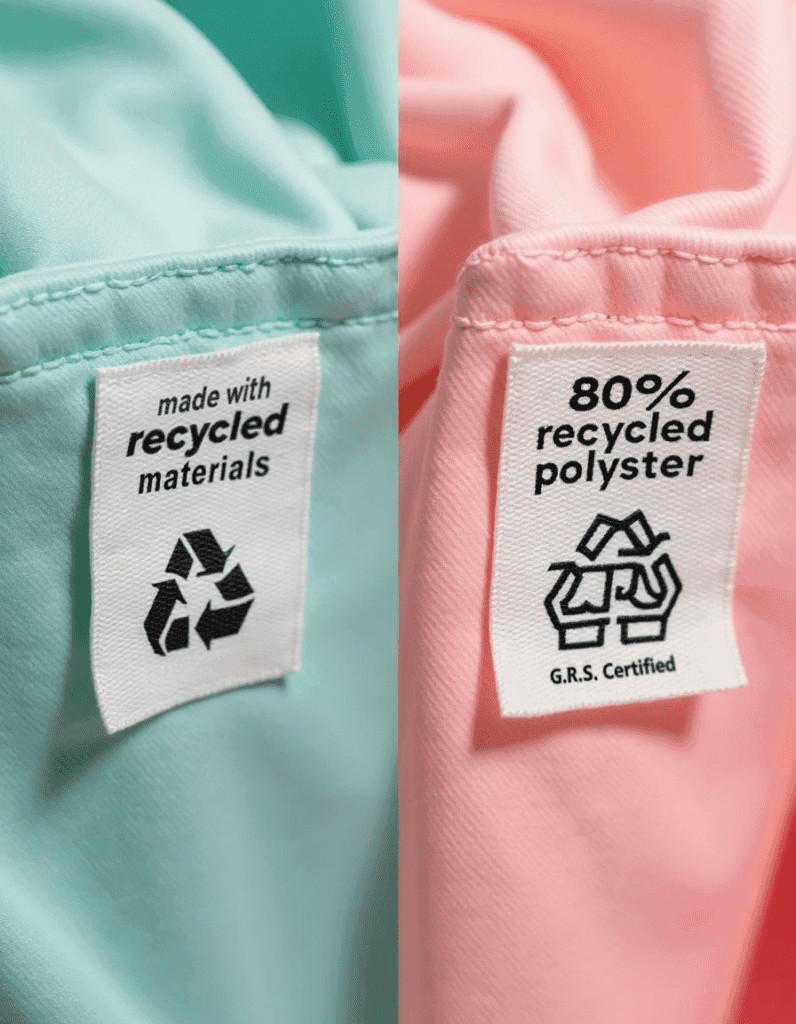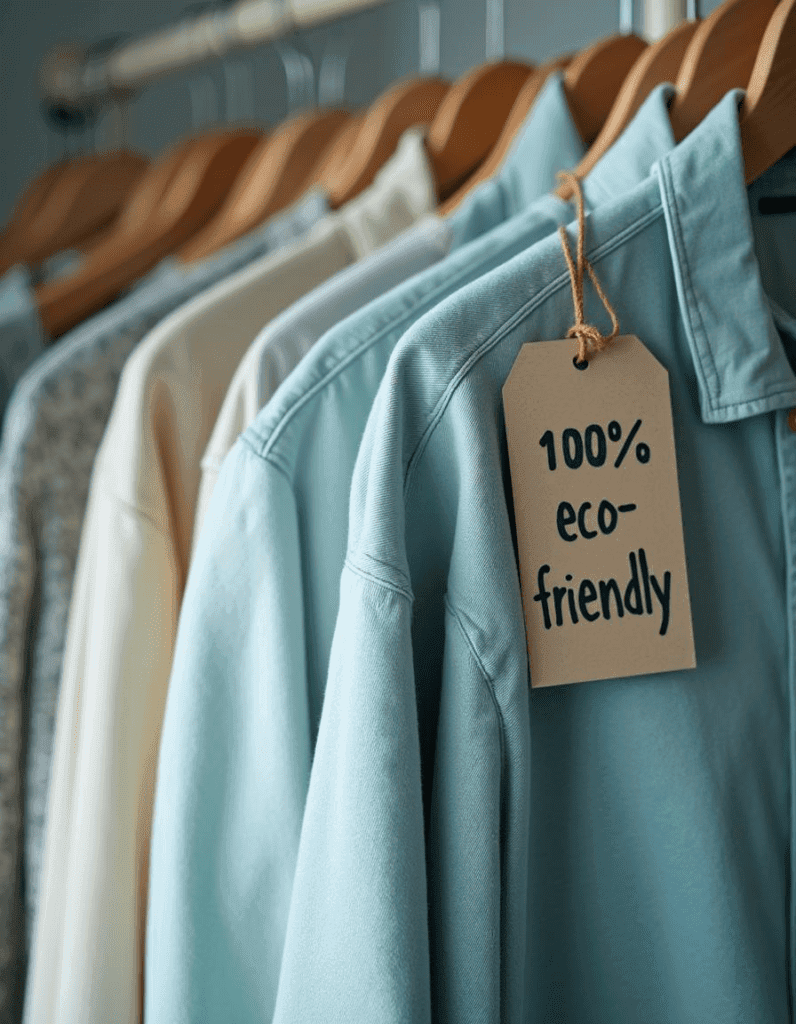We independently research and gather customer feedback on everything we recommend. When you buy through our links, we may earn a commission. Learn more >
Sustainable fashion is more popular than ever, but with that comes a huge problem—greenwashing. Many brands use buzzwords like “eco-friendly” or “conscious” without real action behind them. This deceptive marketing misleads consumers into thinking they’re making ethical choices when, in reality, they may not be.
But how do you spot greenwashing in fashion? In this guide, we’ll break it down so you can confidently shop for genuinely sustainable clothing.
What is Greenwashing?
Greenwashing refers to misleading marketing strategies where companies exaggerate or falsely claim sustainability without backing it up with real action. This makes it difficult for conscious consumers to distinguish between genuinely sustainable brands and those simply capitalizing on the trend.
In this guide, we’ll break down six key ways to identify greenwashing and ensure your purchases support truly ethical and sustainable fashion.
Vague or Misleading Buzzwords
“Eco-friendly,” “green,” “conscious collection”—sound familiar? Brands often use these feel-good words without proof or transparency.
✅ What to look for:
- Check if the company provides concrete details (e.g., “Made from 80% organic cotton, certified by GOTS”).
- Be wary of general claims without specifics—“better for the planet” isn’t enough!
If a company simply states, “Made with recycled materials” but does not specify how much, it’s likely greenwashing.
Real Example:
H&M’s “Conscious Collection” claims to be “sustainable”, but reports show less than 1% of its materials are truly circular or organic.

No certifications or proof listed
No Transparency in Materials & Sourcing
True sustainable fashion brands provide clear information on:
✔️ Materials (organic cotton, hemp, Tencel, recycled fibers)
✔️ Where and how their clothes are made
✔️ Third-party certifications (GOTS, Fair Trade, OEKO-TEX)
❌ Red Flag: A brand claims “Made with recycled materials” but doesn’t say what percentage is recycled.
If a company doesn’t disclose where its clothes are made, it might be hiding unethical labor practices.
Real Example:
Zara has “Join Life” labels on some garments, but they do not disclose full supply chain details, making their sustainability questionable.

A side-by-side comparison of two product labels—one vague (“made with recycled materials”) and one detailed (“80% recycled polyester, GRS[Global Recycled Standard]-certified”)
No Proof of Ethical Labor Practices
Sustainability isn’t just about materials—it’s also about fair wages and safe working conditions.
✅ What to look for:
- Third-party certifications (Fair Trade, WRAP, SA8000)
- Transparency about factory locations & worker treatment
- Clear commitment to ethical supply chains
❌ Greenwashing Warning: A brand says, “Ethically made” but provides zero details about their factories.
A company that claims “ethically made” but provides zero information on worker rights.
Real Example:
Boohoo announced a “sustainable collection” but was later exposed for paying UK garment workers less than minimum wage.
Overuse of Nature Imagery in Marketing
Brands use green leaves, nature backgrounds, and earthy tones to create an illusion of sustainability—without actually being sustainable.
✅ What to do:
- Don’t fall for aesthetic marketing.
- Look at the brand’s actual sustainability reports.
Companies that use earthy tones and green branding but provide no data or transparency.
Real Example:
Fast fashion brand Shein has released “eco” collections using leafy imagery, but their production remains one of the most environmentally damaging.
Lack of Third-Party Certifications
A truly sustainable fashion brand will have certifications from reputable organizations, such as:
GOTS (Global Organic Textile Standard)
GRS (Global Recycled Standard)
Fair Trade Certified
⚠️ Warning: If a brand claims sustainability but has no certifications, dig deeper!
The “Too Good to Be True” Factor
If a brand offers ultra-cheap “sustainable” fashion, it’s likely cutting corners somewhere.
✅ What to do:
- Ask: Why is this $10 organic t-shirt so cheap?
- Research: Ethical brands price fairly to support workers & the planet.
Ultra-cheap pricing often means exploitative labor or misleading material claims.
Real Example:
Primark’s “sustainable” t-shirts are priced at $5, making true sustainability impossible.
Shop Smarter, Not Greener
Greenwashing is everywhere, but with these tips, you can spot deceptive marketing and support real sustainable fashion.
Before buying, always ask:
Is this claim backed by real data?
Does this brand share sourcing and labor details?
Are there trustworthy third-party certifications?
When in doubt, shop from verified ethical brands that prioritize transparency, quality, and genuine sustainability.
